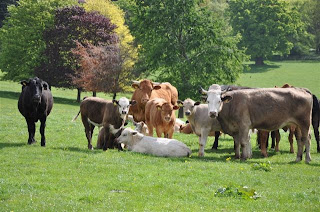 |
| Spotted Flycatcher - such a delightful bird |
Every late summer and autumn my garden fills up with assorted migrant birds, probably because there are plenty of trees and a wide variety of mature shrubs and plants offering berries, caterpillars and nectar supply, which in turn means lots of insects.
Yesterday there were Blackcap, Chiffchaff and Willow Warbler along with at least 4 Spotted Flycatchers. I love Spotted Flycatchers; they are one of my favourite birds. One particular bird caught my attention though as it decided that it might as well sit in amongst the action, choosing to perch on the flowering Buddleia bush itself! We all know how attractive a buddleia shrub in flower is to butterflies and various other insects, all attracted in by the great nectar source the plant offers.
So, it makes sense if you are feeling a little peckish to go to the larder to find something to eat! Luckily, this charming individual seemed to ignore the numerous butterflies feeding on the flowers, seeming keener on catching small black flies feeding on the blooms. He or she was however quite possessive of this bush and regularly saw off other birds who dared to fly into the shrub, in particular one Chiffchaff who only gave up after numerous scuffles amongst the flowers!








